When developing a relatively tall luxury condominium project, it was determined that a wood-frame structure would be used. Although wood-frame structures perform very well in most cases, they can experience serious distress when used in taller applications unless special measures are taken to limit frame shortening. Wood, being a natural material, has a lot of variability when used as a structural material. One area with significant variability is the response to load in the grain vs. across the grain. Loads across the grain produce radically more deflection than loads parallel to the grain.
In conventional western framing using open-web wood joists floors, 5 or 6 horizontal 2x4s are typically used at each floor line. The 9 in. of horizontal wood actually experiences more deflection than the 11 ft of vertical wood. Such large movement in such a small area can buckle the wall cladding as the deflection occurs over time.
Stresses on such a tall wood structure during construction can also be a concern. Wood studs are relatively weak until they are braced by the sheetrock. The studs, although properly designed for the in-service loads, can actually fail during construction if not temporarily braced or if the sheetrock is not installed promptly. In this building, it was clear that stud buckling had occurred prior to installation of the sheetrock due to excessive construction loads.
We were retained as an expert witness to determine the cause of distress in the building. We performed extensive field documentation of construction conditions, distress in the building structure, and prepared a report of our findings.